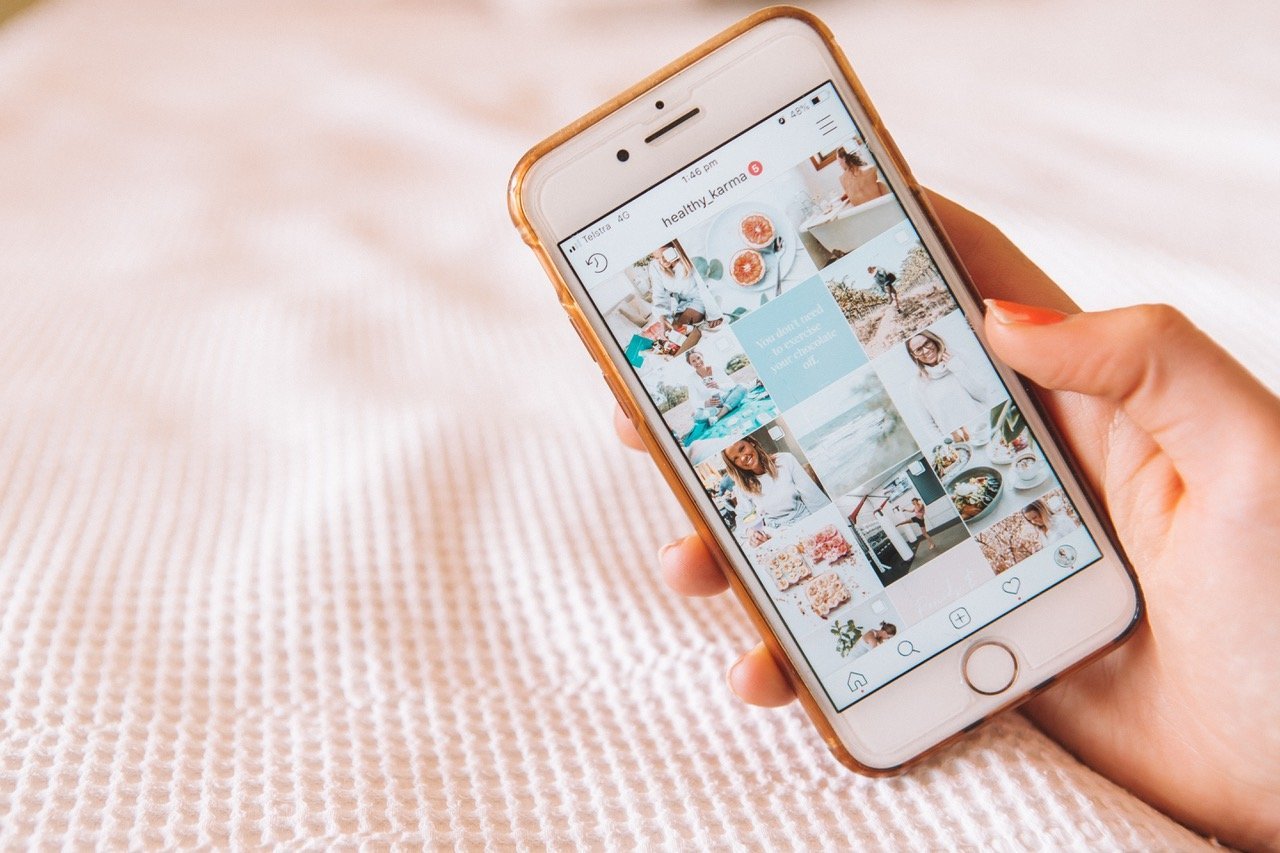
Influencer Marketing Is Changing. Here’s How Your Beauty Brand Can Adapt.
Before the rise of social media, beauty companies with the most advertising dollars knocked out emerging brands every time. Influencer marketing afforded smaller players a fighting chance to slightly level the playing field. They finally had the means to connect directly with consumers.
Influencer marketing is now a huge business. According to Influencer Marketing Hub, it’s poised to become a megaphone worth $6.5 billion this year. Beauty brands are at the forefront. According to Buzzoole, beauty companies accounted for 13% of sponsored Instagram posts during the first half of last year, making beauty trail only fashion, which accounted for nearly 34% of posts, among industries active on the social media platform. With big money moving in, startups became in danger once again of being pushed to the margins.
But the twists and turns in social media happen fast. As the influencer game erodes traditional advertising, consumer response has waned. Trust is eroding (see Fyre Festival and the Jaclyn Hill makeup debacle as two of many episodes sparking skepticism), partnerships seem tired and forced, and algorithim shifts limit the exposure of brands’ posts. The latest developments don’t mean influencer marketing is dead, but it’s definitely changing. Here are four tips for keeping up in the current challenging environment:
1. Think of your superfans as micro-influencers
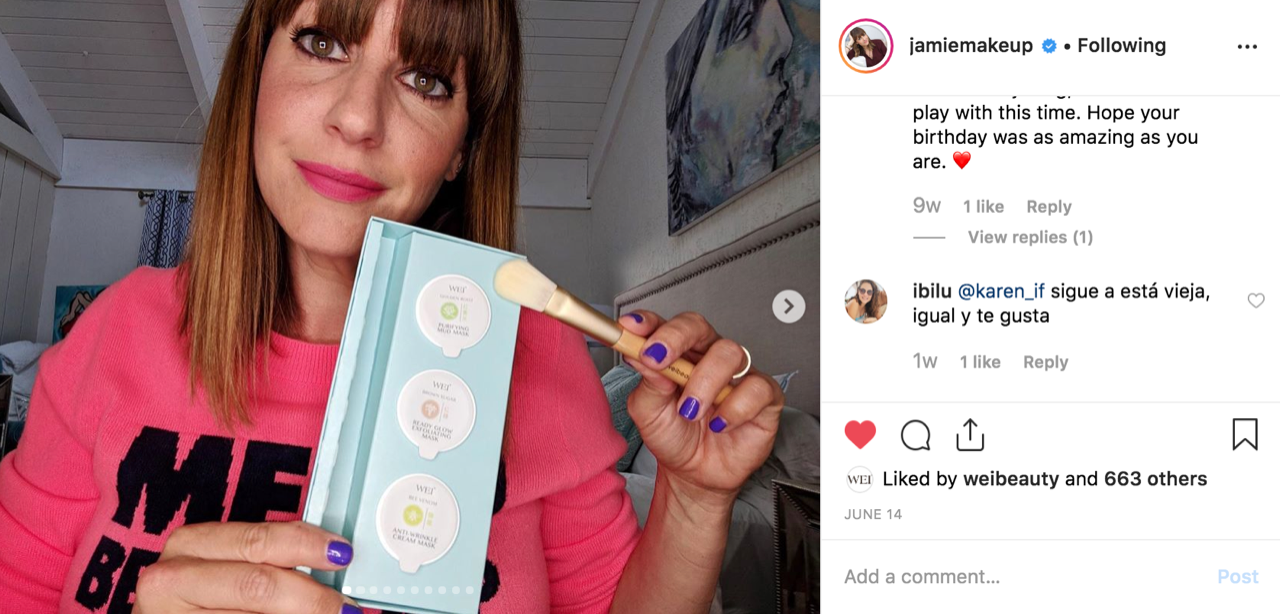
Megawatt beauty influencers like Bretman Rock, Jeffree Star, Jackie Aina and Manuel Gutierrez, aka Manny MUA, are beyond reach for most indie brands. And famous names may not be appropriate for their customer base anyway. Indie brands should look to their wheelhouse and deal directly with their core customers. These superfans can be empowered to spread the word on a brand’s behalf and become impactful influencers for it.
Superfans net serious results. Influencer Marketing Hub spells out, “Nano-influencers with fewer than 1,000 followers enjoy an engagement rate of 7.2% on Instagram, compared with 1.4% on Twitter. At the other extreme, influencers with over 100,000 followers have 1.1% engagement on Instagram, compared to a mere 0.3% on Twitter.”
Trina Albus, founder of Magenta Agency, says,“The nano-influencer could be the group that shifts the influencer marketing space away from celebrity and puts the power into the hands of the everyday consumer.” She adds, “Consumers want to hear reviews from ‘regular people’ more like them before they decide to purchase a new product, mainly because there is an overwhelming amount of beauty products on the market.”
Albus highlights the success of digitally-native brand Glossier’s affiliate program and its harnessing of representatives who can earn commissions on sales produced by their activities. By embracing early and active consumers, brands can extend beyond friends and family to foster an important group of evangelists online. Hillary Peterson, founder of True Botanicals, recommends creating a customer advocacy program for nano-influencers and superfans in order to “elicit user-generated content and build community.”
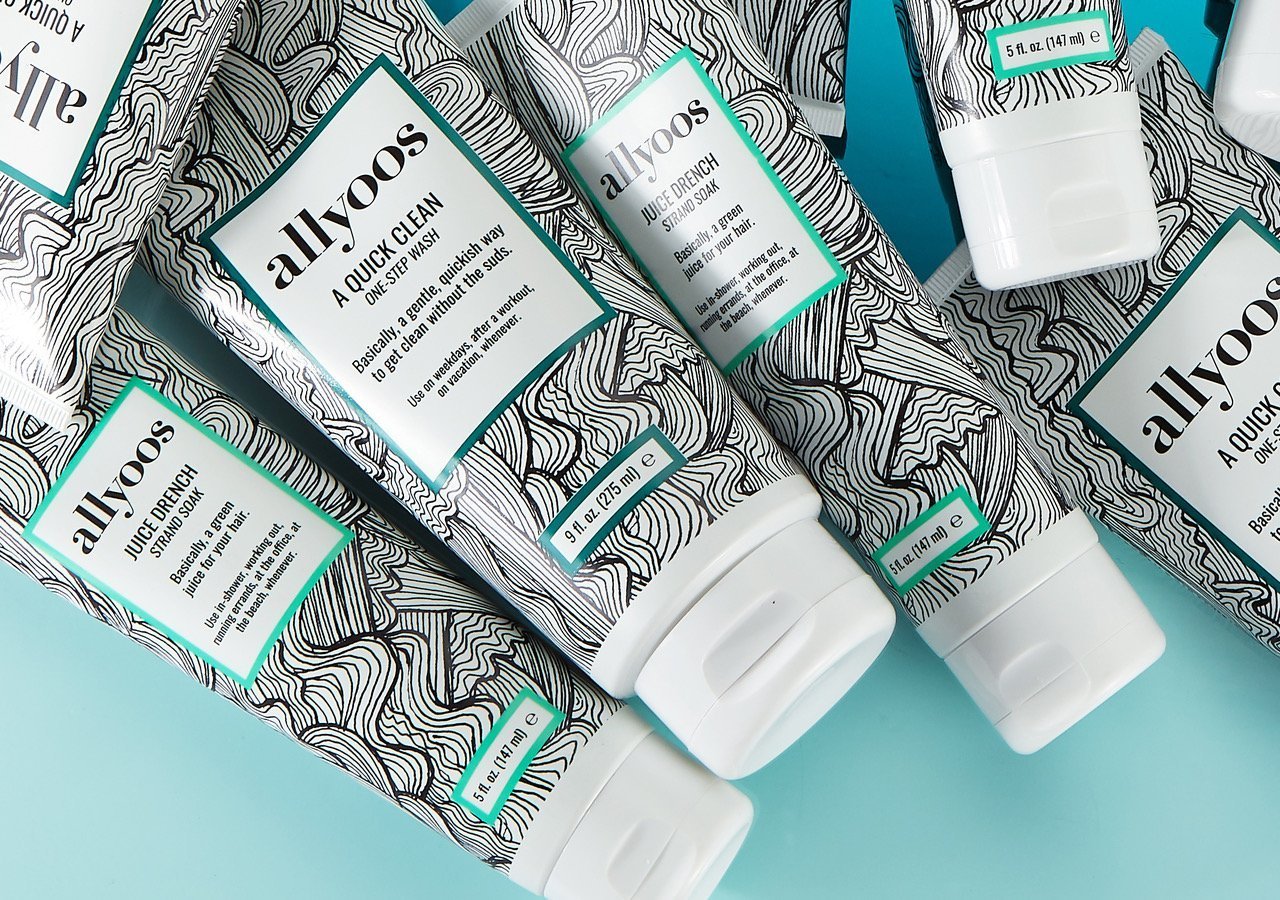
2. Tap into local leaders with influence and expertise
Connect your brand with experts, leaders and activists in your area. These experts, leaders and activists include gym trainers, therapists, religious leaders, manicurists, café owners—anyone aligning with your brand’s mission that relates to its customers and commands authority. Do you have a go-to hairstylist to share your product with? Hairstylists are at the epicenter of what’s happening in a local community and can spread the word quickly.
Or maybe there’s a local makeup artist you love who would be interested in using your product on her clients to boost brand awareness? Is there a restaurant you frequent in your neighborhood where the staff knows you by name (or at least by order)? Maybe the chef has young kids and would love to try your new natural baby care brand. These influencers don’t necessarily have to have thousands of followers on Instagram. Maybe they aren’t even on Instagram, but they have a book club they lead every month with 20 other women.
Tricia Chen, founder of influencer marketing agency The Once Upon, says, “Building a strong community of a handful of influencers who can act like ambassadors for the brands, and who really understand the brand and products to the point where they are able to answer questions asked by their followers is more important than their total reach.”
Do you have a go-to hairstylist to share your product with? Hairstylists are at the epicenter of what’s happening in a local community and can spread the word quickly.
3. Look beyond Instagram to TikTok
While Instagram, with its more than a billion active monthly users, is the star of the social media show, TikTok is quickly gaining speed. It has drawn 500 million global monthly users and 800 million app installs.
What is TikTok? It is a social media platform that focuses on 15-second remix videos that are soundtracked by music snippets. What makes it different than say, Instagram Stories, is two-fold: 1) The purpose of the app is to entertain audiences. On Instagram, the focus is on users’ personal day-to-day lives, and 2) The addition of unique video-editing features make it easier for users to produce higher quality video content. Vice describes TikTok content as, to put it simply, weirder than what’s on other platforms. The publication posits, “TikTok is every embarrassing thing you do alone in your bedroom, but broadcast for the whole world to see.”
Ju Rhyu, founder of Hero Cosmetics, leveraged the power of Tiktok for a brand awareness campaign upon her acne patch brand’s Target rollout. “We’re always looking to try new channels, and we had recently become aware that there was a big audience on Tiktok that was generally younger. When we were launching in Target, we decided to give it a try for a few reasons. One, the paid collaborations were much more affordable than working with Instagram influencers. For a fraction of the price of Instagram influencers, we could get 5X to 10X more reach. Another reason was that we felt the audience was right. Younger folks struggle from acne, and we wanted to target the 16-year-old to 21-year-old audience with our Target campaign.”
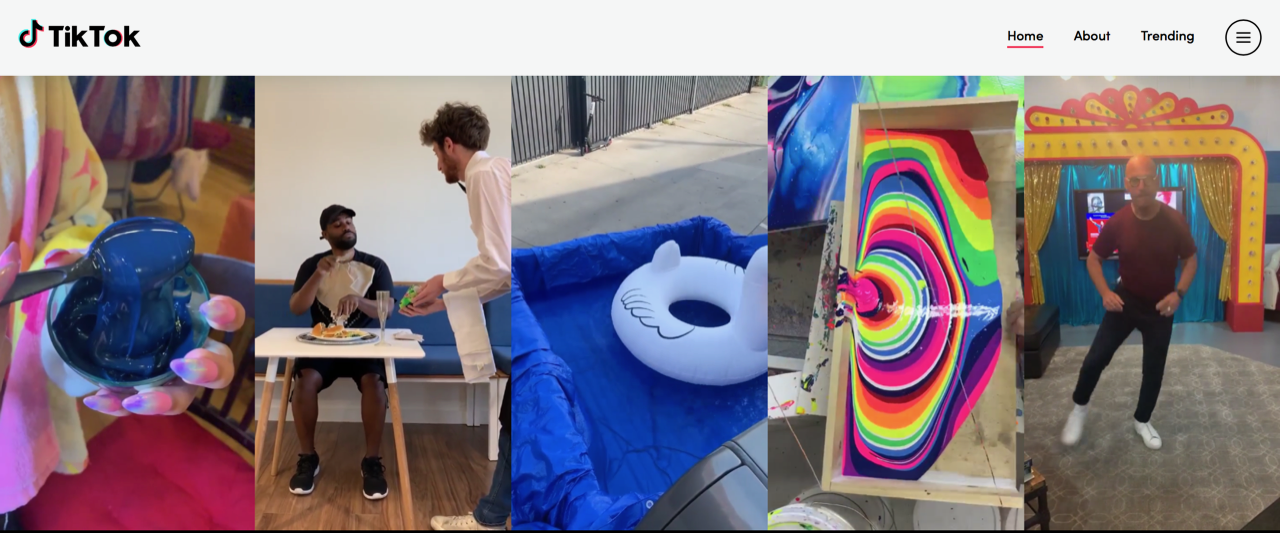
How did it go? Rhyu reveals,“We saw 3X the engagement on TikTok versus IG Stories, and CPMs were 1/100th of the price. It was so successful we decided to do more with TikTok for our Back to School campaign running a conversion-focused campaign.”
The majority of TikTok’s audience (65%) is in its 20s or younger, per Neoreach. If you’re looking to reach the gen Z crowd, strongly consider turning to TikTok to fuel buzz. TikTok could be a rare opportunity to get in on a social media platform before it explodes and becomes saturated with big-budget brands monopolizing influencer partnerships.
Besides, it’s a great tool to delight and inspire your audience in a completely new way. Partner with a TikTok content creator with a similar target demographic to your brand and shape a campaign that encapsulates your brand’s lifestyle. Concentrate on entertaining over pushing sales.
If your brand’s target audience skews older, don’t completely dismiss TikTok just yet. Like with Facebook and Instagram, as the platforms age, so do their users. Older generations will warm up to TikTok faster than you may think. Get in on the action now and reap the rewards of organic connections with your customers.
Bonus Hit: YouTube Shopping
Be on the lookout for YouTube Shopping to launch in the near future. Robin Magnuson, director of growth and engagement at Mother Dirt, says, “YouTube Shopping is going to make online shopping even more simple. The way people are watching a beauty review on this channel is going to transform the consumer experience and make it easier to shop, get samples or join a mailing list while watching a review in real time. By reducing the thumb actions required for consumers holding a device, the higher the probability for them to convert and tell their friends about it. It’s an exciting time not just for me as a consumer myself, but for everyone who wants to shop and not have to leave a channel.”
4. Get personal, in person
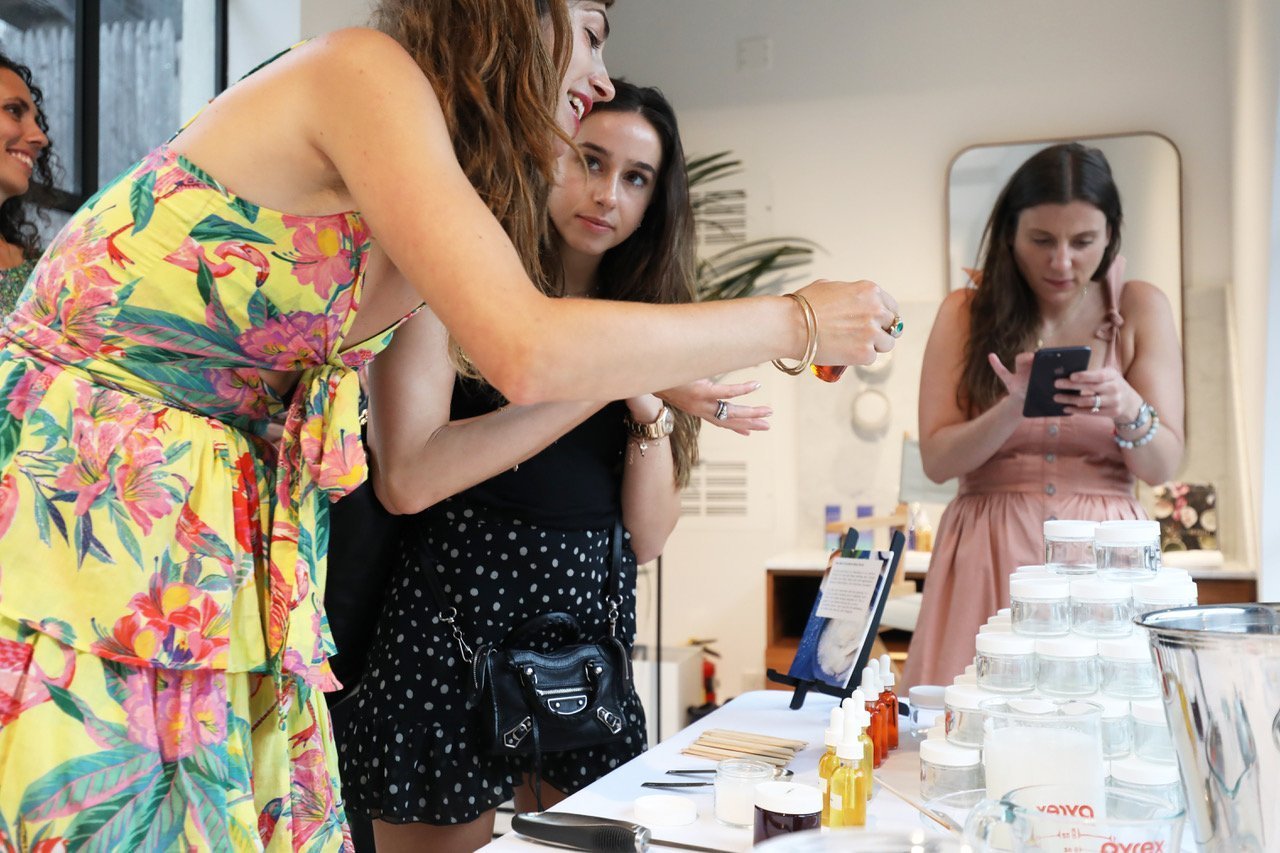
As the influencer marketing difficulties mount, brands are remembering its people who power their businesses, not likes and reposts. In-person interactions are on the rise. Unable to touch, see and smell brands in digital settings, consumers flock to brand pop-ups and sampling events.
Chen says, “Alongside influencer marketing, which generates the initial buzz, getting people to try samples of something they’ve seen everywhere on social media would then be even more effective when it comes to sealing the deal. ”
Samantha Denis, founder of clean haircare brand Allyoos, is a proponent of event-based outreach for bootstrapped brands. “Do things in person, talk to your consumers, get people behind you talking about your brand and products,” she says. “Back to basics, pound the pavement and get out there physically instead of pushing product behind a screen.”
Over the summer, right on the heels of her Allyoos launch, Denis did just that. She had a limited budget and knew she had to do something drastically different than what entrenched beauty brands were doing in order to energize customers.
“For us, old-school marketing has made the best, biggest impressions,” says Denis, detailing, “We took our product and showcased it out in Montauk. We teamed up with Soul Cycle, Coffee + Flowers, The Montauk Beach House, and Sole East Resort. We set up braid bars and animated a fan favorite [product] Juice Drench. You can use Juice Drench anytime, anywhere, so we put it in everyone’s hair before and after their workouts, during their morning coffee, and made it really fun and care-free, so people could sit by the beach or pool all day while treating their hair.”
Allyoos also partnered up with Maman Bakery to drive traffic back to its digital site. Denis elaborates, “We spent our mornings at different Maman Bakery locations and bought people their morning coffee. We dressed in Allyoos tees, handed out Maman x Allyoos branded cards with a shopping code for allyoos.com, and let them know their coffee was on us that morning.”
These campaigns aren’t one-offs, Denis stresses. Rather’ they’re ingrained in Allyoos’s marketing DNA. “Everyone wants to know the secret sauce or the fast way to do everything, but there isn’t one,” she says. “Continued hard work pays off. You have to actively participate, and keep participating in your brand and working towards something. That’s what generate results. You cannot do something once and think it’s good enough.”
Retailers are taking notice. Allyoos has been picked up by Bloomingdales, Saks Fifth Avenue and Free People—and it hasn’t yet reached its one-year birthday.
Key Takeaways
- The explosion of influencer marketing has made it a ubiquitous strategy pursued by emerging beauty brands yearning to get noticed. However, consumers have become a lot more discerning than in the past. They’re looking for originality, fun, substance and authenticity. They quickly tune out content that feels forced. Overall, post engagement and conversion has decreased.
- A brand’s loyal customers or superfans know, love and share the brand naturally, so why not incentivize them to share more? Nano-influencers bring real credibility to brand endorsements.
- Brands should identify local leaders who are experts in their field. Chances are they have communities of followers that trust them and could be the perfect audience for a brand’s merchandise.
- Consumers love getting to know the goals and dreams of a founder when they have the opportunity to support a brand’s vision from the ground up. Brands that go the extra mile to surprise their customers in-person will be remembered in the long run.
Aggie Burnett is a public relations and brand strategist for beauty and wellness companies dedicated to helping them go from conventional to cult status. She is also the co-founder of Nomaterra Fragrances. She has been featured in publications such as Beauty Independent, Entrepreneur, Glamour and BossBabe, and has spoken at conferences, including Six Degrees Society, Ladies in the Industry: Music and Media, and Flourish and Thrive.
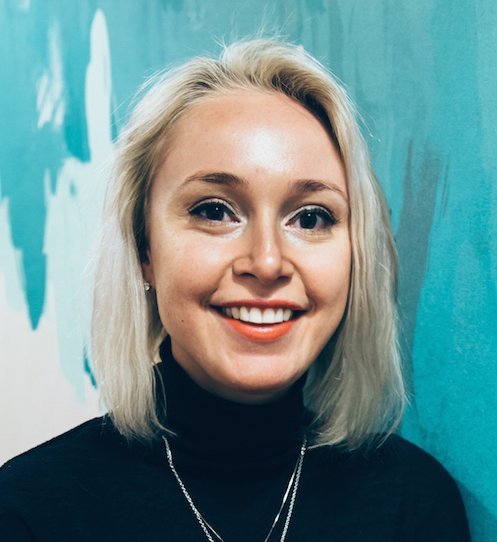




Leave a Reply
You must be logged in to post a comment.